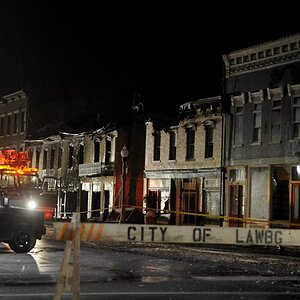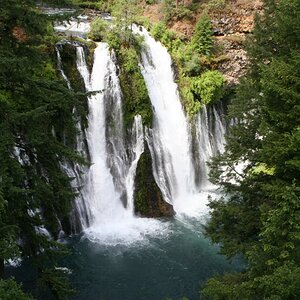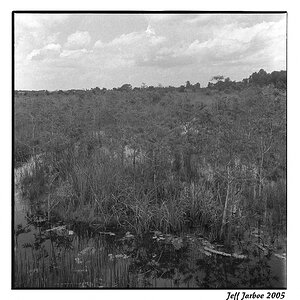Hi there,
I'm new to this forum and just began playing with some night time photography in preparation for my trip next month to Europe. I am trying to focus on some night time pictures of buildings, so I went out the other night and did a few bracket shots. Here's the stuff I've been using:
-Nikon F65 with Nikkor 28-200mm ED G lens
-Fuji Superia ISO 400 film
-used a tripod and no flash
exposure times after dark ranged from 8 sec to 30 sec. They were developed at Black's photography using 1 hour processing. Subjects were buildings that were lit up by some spot lights aimed at the building.
After development, I noticed that the dark areas of the photos (sky, the ground in front of the building, etc.) were very grainy. I am really not happy about the amount of grain showing and was wondering if any of you have tips, ideas, or can help explain to me what may be happening... should I use an even longer exposure (ie: greater than 1 minute)? Should I switch to a slower film (possibly 100 iso)? Please help! Thanks so much!
I'm new to this forum and just began playing with some night time photography in preparation for my trip next month to Europe. I am trying to focus on some night time pictures of buildings, so I went out the other night and did a few bracket shots. Here's the stuff I've been using:
-Nikon F65 with Nikkor 28-200mm ED G lens
-Fuji Superia ISO 400 film
-used a tripod and no flash
exposure times after dark ranged from 8 sec to 30 sec. They were developed at Black's photography using 1 hour processing. Subjects were buildings that were lit up by some spot lights aimed at the building.
After development, I noticed that the dark areas of the photos (sky, the ground in front of the building, etc.) were very grainy. I am really not happy about the amount of grain showing and was wondering if any of you have tips, ideas, or can help explain to me what may be happening... should I use an even longer exposure (ie: greater than 1 minute)? Should I switch to a slower film (possibly 100 iso)? Please help! Thanks so much!


![[No title]](/data/xfmg/thumbnail/39/39288-2d76486ccc9042c6fb525aaaaffff1fb.jpg?1619738957)
![[No title]](/data/xfmg/thumbnail/31/31749-6cf0f99d6bdedf47f7387c5b943fb717.jpg?1619734989)
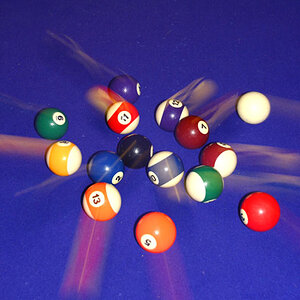
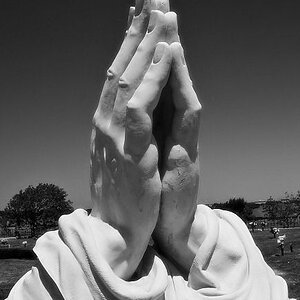
![[No title]](/data/xfmg/thumbnail/35/35948-700e0d840da0ca73727b1bd6d99b4142.jpg?1619737257)
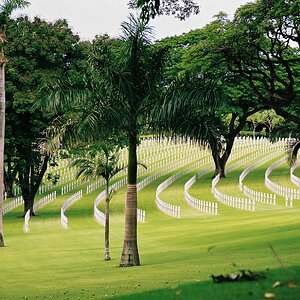
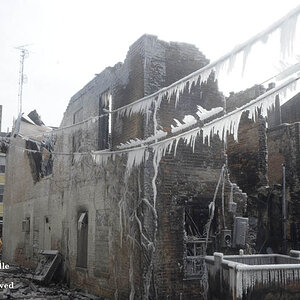
![[No title]](/data/xfmg/thumbnail/37/37604-7ad625e983f92f880eb65a264eeef5e4.jpg?1619738148)
